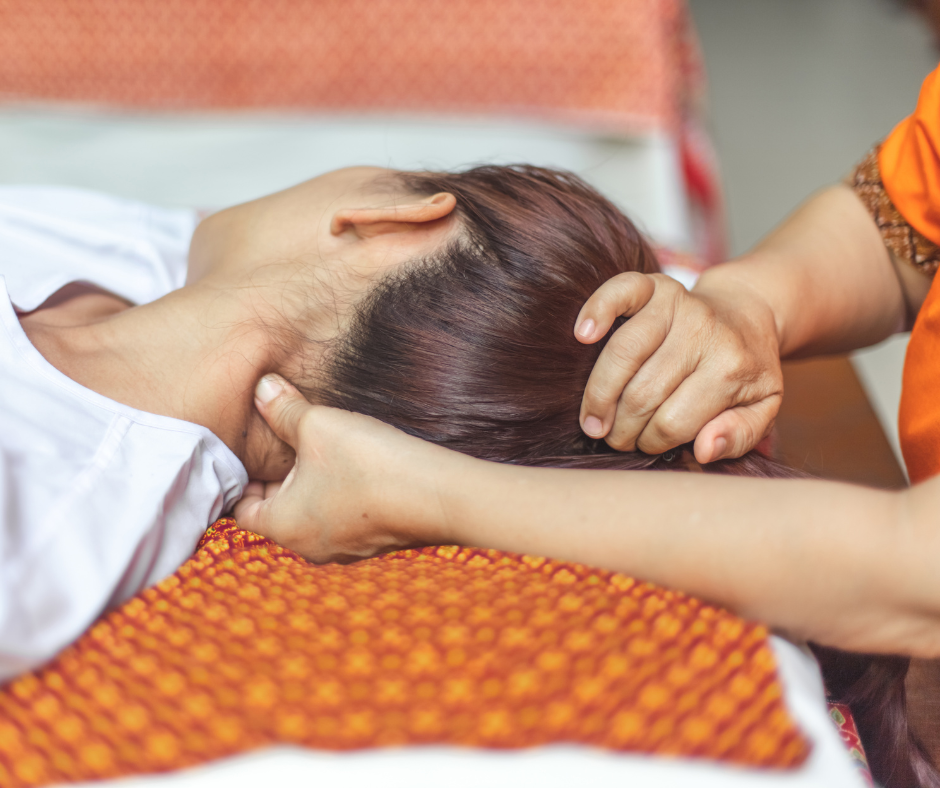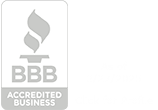Complementary and alternative medicine (CAM) has provided relief for what has ailed people for millennia, varying across cultures. Acupressure, rooted in traditional Chinese medicine, and reflexology, are two such therapies often used as relaxing additions to massage treatments. While these techniques are frequently combined, each has its unique focus and benefits.
Let’s walk through the key differences between acupressure therapy and reflexology massage therapy so you can head into your next massage appointment with confidence.
What Is Acupressure Therapy?
Acupressure therapy is a technique rooted in Traditional Chinese Medicine (TCM) with a focus on putting pressure on various parts of the body to balance the body’s energy, also referred to as Qi. These various parts are along energy pathways referred to as meridians.¹
The Origins of Acupressure
The origins of acupressure historically take us back from the modern day to the following countries and regions: Egypt, China, and Japan. Despite its ancient origins, there is a universal understanding across all three areas that the body’s energy and pressure points are essential to maintain one’s health and well-being.³
In China, this methodology was linked closely to acupuncture, but instead of needles being utilized, practitioners used manual pressure to stimulate specific points along a body’s meridians. Traditional Chinese Medicine (TCM) points to these meridians as pathways for energy, or Qi, to flow. When this energy is out of balance, it could lead to pain or illness. Acupressure is seen as a method to restore harmony to that flow of energy.¹
Shiatsu is a variant of acupressure coming from Japan that leverages the entire hand and other body parts to apply pressure to specific points on the body. This is typically done through clothing without oils on the body.²
There also is a theory that links the concept of stimulating specific points on the body back to ancient Egypt. Egyptians worked on zone therapy, believing that applying pressure to certain areas of the feet could affect the health of corresponding organs throughout the body.³
How Acupressure Therapy Works:
Following TCM, when the flow of the body’s energy is blocked, it is believed that this can lead to pain or other illnesses. The way that this energy is released is by applying targeted pressure to specific areas along the body such as meridians, using specialized tools, fingers, palms, or elbows.¹
Potential Benefits of Acupressure
Acupressure is something that can be generally applied as an alternative therapy for several conditions. While more research is needed to back up these claims, the research is currently still in early development when it comes to acupressure points. When in doubt, always consult your medical team before booking an acupressure appointment. Here is a short list of some potential benefits of acupressure:
- Postoperative relief¹
- Nausea and vomiting⁴
- Relief after chemotherapy¹
- Improve motion sickness symptoms¹
- Pain¹
What Happens During an Acupressure Session?
During an acupressure session, an acupressure practitioner will apply pressure to certain areas of the body with fingers, palms, elbows, or other tools. Here is a general outline of what a session could look like for you:¹
At the beginning of your acupressure session, your practitioner will begin by asking you questions about your health, diet, lifestyle, and any known conditions. These answers will guide them in developing a specific plan regarding working on the correct areas of your body.
The environment will be relaxing, much like a spa. Picture dim lighting, calming music, and possibly aromatherapy to create a soothing atmosphere. You’ll remain fully clothed, seated or lying down, while the practitioner uses their fingers, palms, or elbows to apply pressure to specific acupoints. These points are chosen based on the body’s energy pathways to promote healing and balance.
The practitioner will use firm pressure, circular motions, and sometimes tapping to stimulate different acupoints. The session may involve various techniques such as holding or pressing acupoints for several seconds to release energy blockages and relieve pain or tension.
The sessions usually last between 30 to 60 minutes, and many people leave feeling deeply relaxed and rejuvenated. The recommended frequency of sessions depends on your health needs, whether that’s weekly, monthly, or occasionally for maintenance.
After your session, you might experience mild effects like temporary fatigue or emotional release, but these are normal and usually fade quickly as your body adjusts to the treatment.
Acupressure vs Reflexology: What’s the Difference?
The Basics of Reflexology
Reflexology is an alternative therapy that involves applying pressure to specific points on the hands, feet, or ears to promote relaxation and overall wellness. Unlike massage therapy, reflexology focuses on stimulating pressure points rather than manipulating muscles. It is often used as a complementary therapy alongside traditional medical treatments, but reflexologists do not diagnose or treat medical conditions directly.
Comparing Techniques: Acupressure vs. Reflexology
Acupressure and reflexology are not the same. Both are complementary therapies that use targeted pressure for relaxation, but they differ in focus. Acupressure focuses on balancing the body’s energy, like the back and the shoulders. Reflexology massage, on the other hand, focuses more on specific points on the feet, hands, and ears that are believed to correspond to different organs and systems of the body.
Both acupressure and reflexology offer unique approaches to achieving relaxation and improving overall health, making them excellent options for those seeking alternative therapies. Whether you’re looking to balance your body’s energy through acupressure or target reflex points to reduce tension with reflexology, incorporating these therapies into your wellness routine can help reduce stress and promote a sense of calm. At Soothe, we bring the spa experience to you, offering professional and personalized massage services all targeted for your relaxation needs.
Bibliography
1.Stuart A. Acupressure Points and Massage Treatment. WebMD. Published October 31, 2021. https://www.webmd.com/balance/acupressure-points-and-massage-treatment
2.Boyle K, Tee-Melegrito RA. Shiatsu massage: Definition, benefits and techniques. www.medicalnewstoday.com. Published May 10, 2022. https://www.medicalnewstoday.com/articles/shiatsu-massage
3.Sergeant R. A Journey through the History and Origins of Reflexology. The Good Zest Company. Published January 4, 2024. Accessed October 25, 2024. https://www.thegoodzestcompany.co.uk/blogs/zesty-news/a-journey-through-the-history-and-origins-of-reflexology
4.Lee A, Fan LT. Stimulation of the wrist acupuncture point P6 for preventing postoperative nausea and vomiting. Lee A, ed. Cochrane Database of Systematic Reviews. 2009;11. doi:https://doi.org/10.1002/14651858.cd003281.pub3







